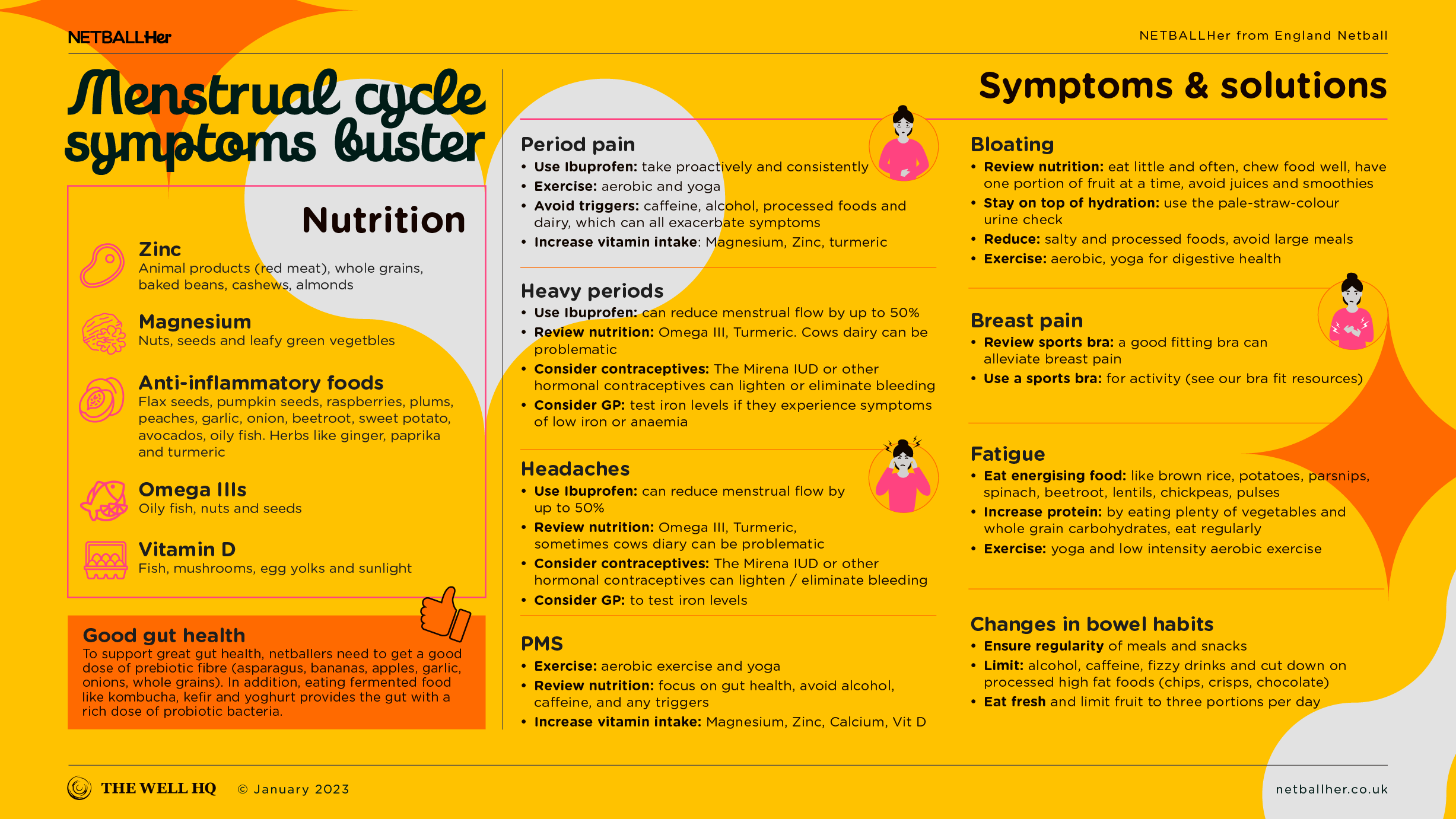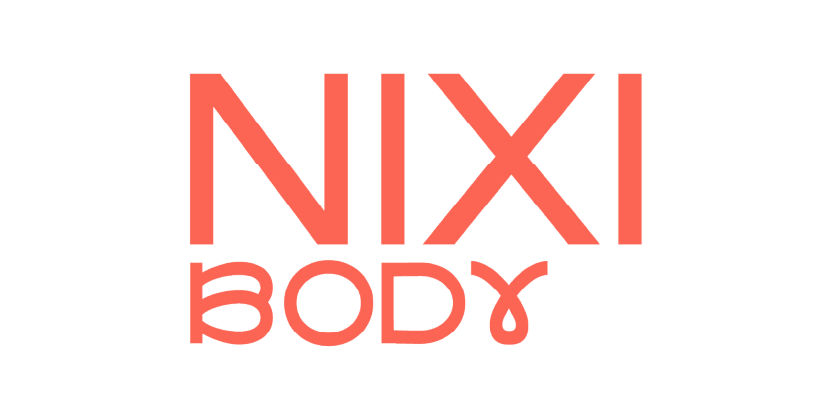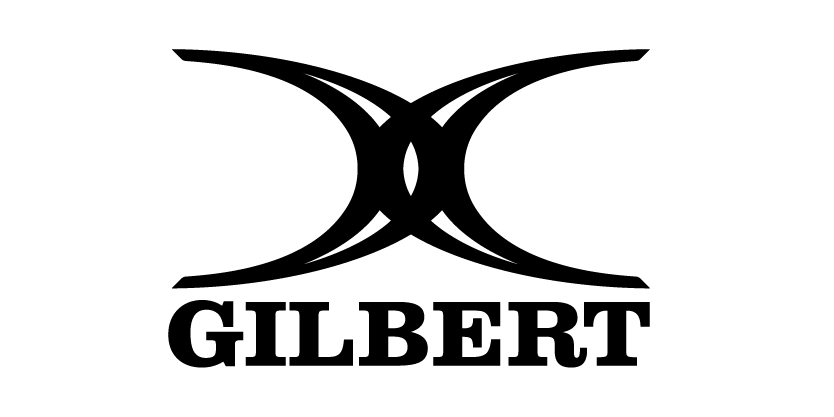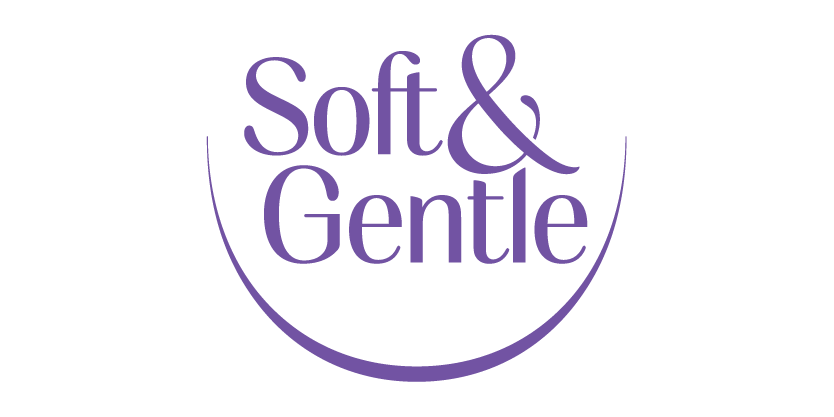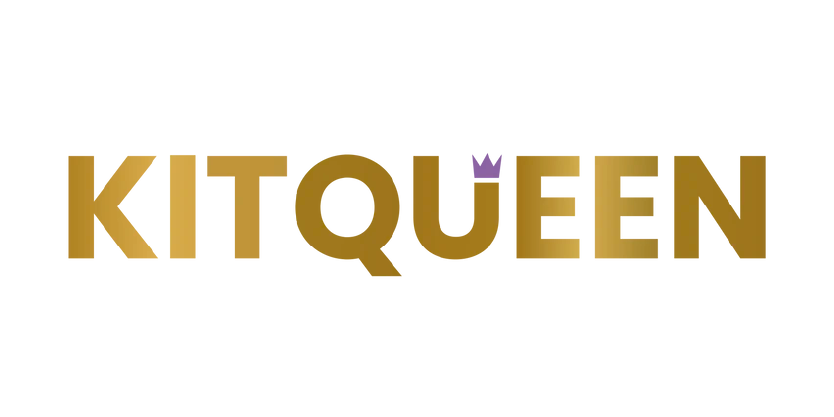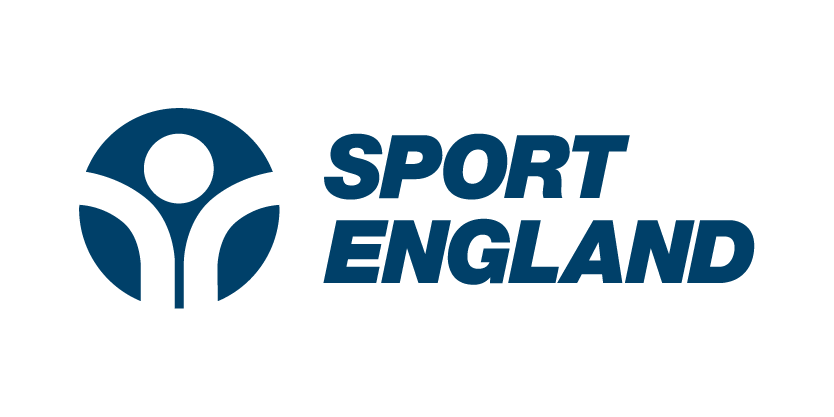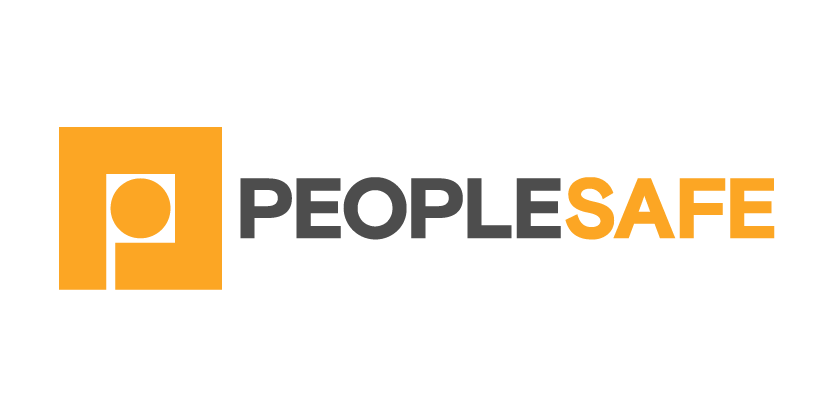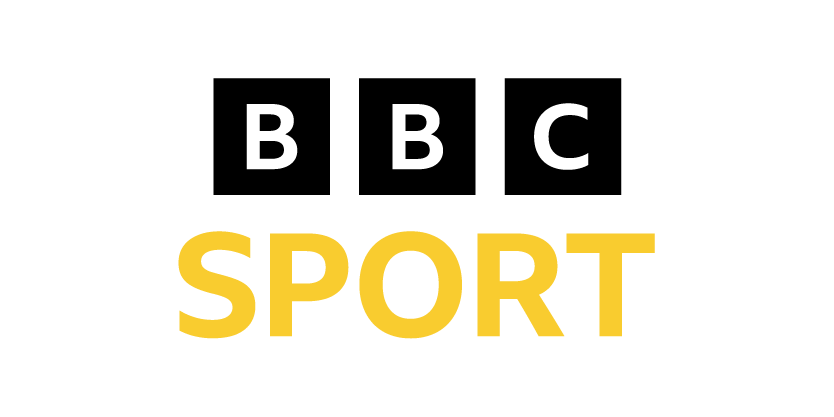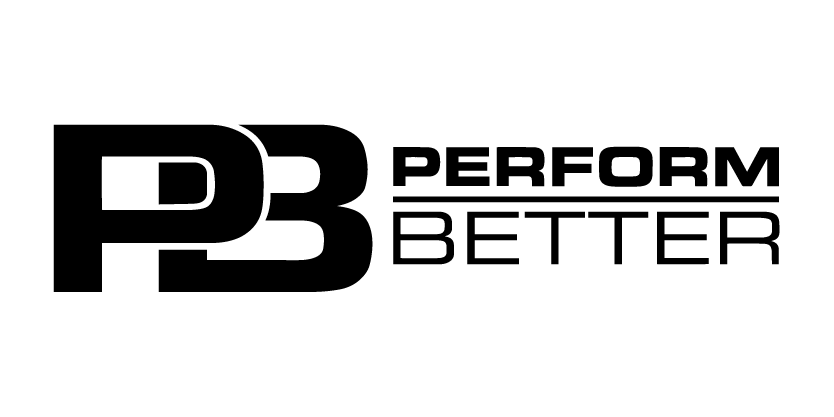Click play for an audio readthrough of this article
Lumps, curves, hormones, mood swings, periods … conditions aren’t exactly optimum for the netball court
We don’t want to make puberty sound all doom and gloom but it’s not an easy time, let’s put it like that. Thankfully, the topic has changed dramatically in the last generation or two and we’re able to talk solutions better now than ever before.
Shall we?
Sociology meets biology
As we know, puberty equals changes in the body which manifests in changes outside the body: breasts appear, the hips widen, fat gathers, periods start and so on.
When these biological changes (and several others) meet the realities of adolescent / teenage life, it can be a recipe for angst and anguish.
Social, playground, digital, academic – pressures seem to come from all directions and girls’ anxiety levels can be seriously elevated as much as 90% of the time.
… meets sport
For netballers or active girls in general, puberty can be more confusing still. All of a sudden sport and exercise get complicated by things like tampons, periods, leaking fears, breast pains, feeling on display, self-consciousness …
Then there’s the fact that girls in puberty do tend to lose coordination, balance and strength. It’s a temporary result of changing body chemistry, yet it can be a rancid cherry on top. All these changes and pains and what’s this? Oh, my sporting form has gone to pot too.
To make matters even worse, boys respond to the surge of puberty hormones by getting fitter, stronger, faster and more aggressive …
It feels unfair, no?
As we said in the intro, these ain’t optimum conditions for a girl to be crushing it in netball. She has an alien body and a heavy mind. She feels the weight of judgement and expectation on her from several directions and now she’s expected to bring her underperforming, clumsy, painful body onto a netball court?
That stat again
If you’ve spent any time on NETBALLHer you know what’s coming: that painful dropout stat. Nearly two-thirds of active preteen girls will abandon sport by the end of puberty. That’s twice the dropout rate of boys. And now we’ve laid out a fraction of what’s going on, here’s hoping it’s clear why.
We can’t lay all the blame on dropout for puberty and its symptoms. Other explainers include a lack of choice, sport being seen as unfeminine, academia becoming important, social pressures taking over, lack of resources, ailing parental support …
Even so. There’s little doubt that girls falling out of love with sport is strongly related to girls falling out of love with their bodies.
A hormone boost for education
Although periods and puberty haven’t yet gone mainstream, more is known and can be done now than was possible even a generation ago and the best place to embed better / bolder / bigger solutions is – as ever – the classroom.
As it stands, girls typically get a handful of lessons on puberty. Those lessons tend to bang nicely on about the physiology of ovaries, fallopian tubes, wombs and vaginas. This may or may not be spliced with a few words of warning about pregnancy and STIs.
This chunk of chatter about the mechanics is vital, but the behavioural dimension needs its time in the sun too. Key hormones do so much more than build babies, they inform how we feel and act and respond and emote and sleep and think and move. This is information girls need. It’ll set them up for the next several decades.
It’s dreamy to think that menstrual cycle tracking might one day land on the school curriculum, but until then we’ll have to tag in parents and netball clubs to fly the flag.
Menstrual cycle tracking is useful and practical and there’s a tremendous payoff to doing it. The younger she gets started, the better.
We’ve much more on the subject here, but the topline is that tracking enables girls to record how their hormonal activity manifests in symptoms, pains and behaviours throughout the month. With enough data, patterns become obvious. A bit of trial and error and so do coping strategies.
Kit and facilities
Portsmouth University ran a study that found that just an hour’s education around breasts and exercise gave girls more confidence (and reduced their embarrassment) around breasts, bras and sport. One hour, just one.
Sports bras are such a no-brainer that it’s painful, literally and metaphorically, they’re not widely promoted, taught or used. Parents and clubs need to have that conversation if others are not. Sports bras not only protect breasts, they’re a performance aid for several reasons. More here.
Then there’s kit. We know girls have reservations about their kit, whether it’s light and they fear leaking, or it’s too tight or short and they feel on display, the antidote is implementing kit that works for the players. All players.
Within this, allowing girls choice in their kit is a small-but-massive way to hand her control and safety at a time she needs both. Allowing a choice of kit could make the difference between her turning up – or turning off.
Lastly, make sure Caught Short Kits are stocked and available whenever, wherever a girl might need them. A girl’s burgeoning cycle can be unpredictable and it’s about the worst thing in the world if she starts her period, has no products, and is expected to play a game of netball. Oh and as above, it’d be somehow even worse if there’s only white kit.
Next steps
The next best place for you to go, if you haven’t already, is to an article about having the period conversation with the young girl in your life. Solutions for her soaring through this rites of passage lifestage centre in knowledge and practical help, and one can’t exist without the other.
Schools need to do more, for sure, but parents and netball clubs can fill in blanks to ensure puberty is the right kind of gamechanger for her, her self-esteem, her love of sport, and the path she chooses henceforth.
As a reminder, the content of the course belongs to The Well HQ. You have permission to access and use the content yourself or, if you are an organisation, for the number of users selected, but are not otherwise permitted to share such content with others, all in accordance with our Course Terms and Conditions.

